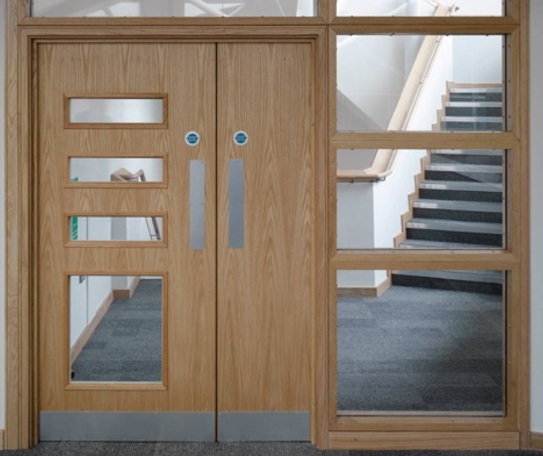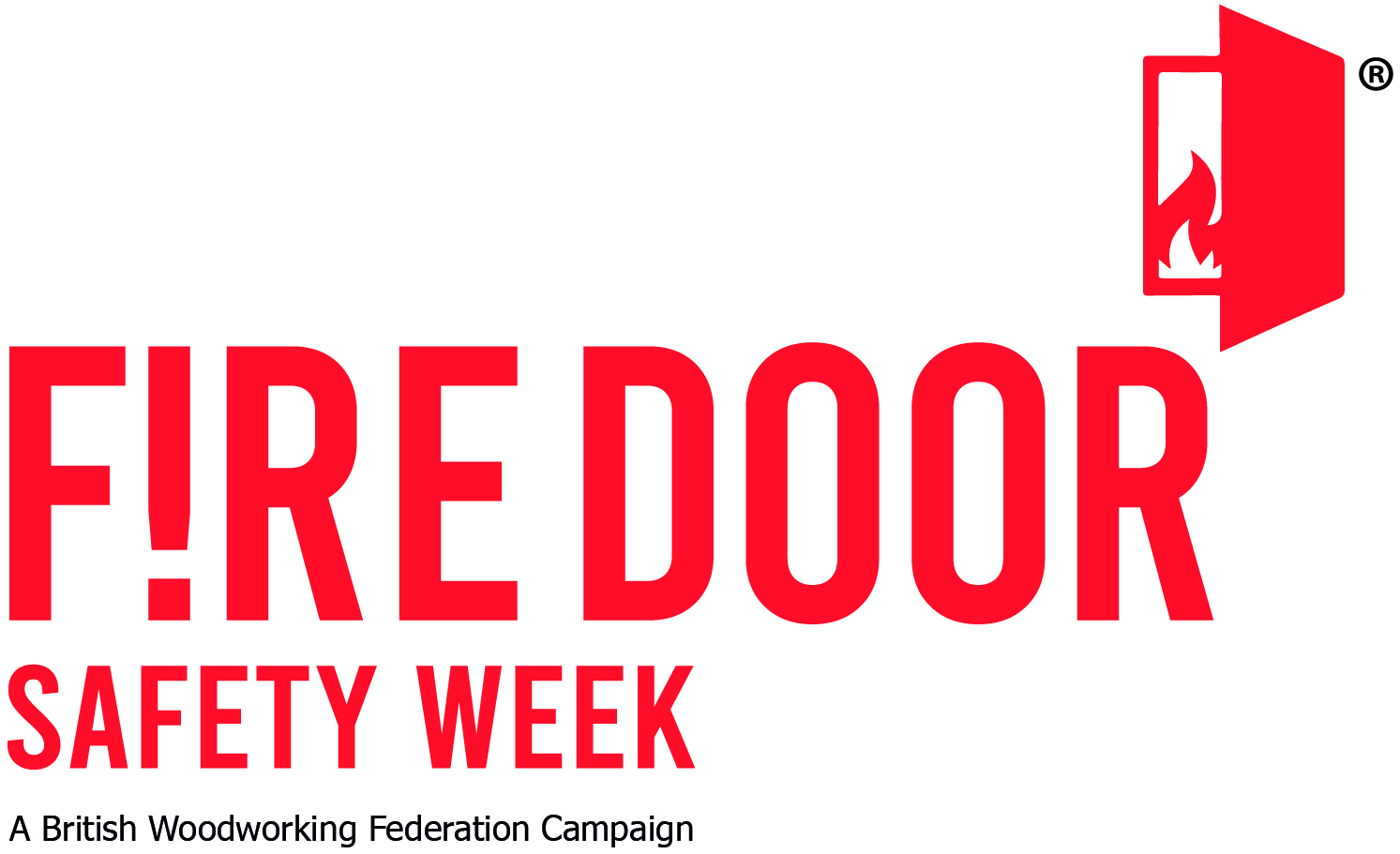Hospitals Still Seen as Safest by Public Despite Rising Fire Incidents

- Nearly half (47%) of the public trust fire doors in public buildings to be fit for purpose.
- Over half (55%) are unsure where to find fire safety information.
- This year marks the 11th anniversary of Fire Door Safety Week, aiming to combat a False Sense of Safety by increasing fire safety awareness.
A survey of 2,000 adults found that despite an 18% increase in fires across NHS trusts—averaging nearly four fires daily—52% of people still consider hospitals the safest due to their fire prevention measures.[1]
The survey, conducted as part of this year’s British Woodworking Federation’s Fire Door Safety Week campaign, which runs from 23rd – 27th September, focuses on the theme ‘A False Sense of Safety’. The campaign aims to bridge the gap between perceived safety and actual fire risk, encouraging the public to engage in fire safety awareness and report any fire door issues, regardless of location or the assumption that fire safety is someone else’s responsibility.
When asked about fire safety in other buildings, 36% of respondents considered schools to be as safe as hospitals and 26% felt the same about care homes. This contrasts with recent reports from the East Sussex Fire and Rescue Service where two care home directors were fined nearly £125,000 for multiple fire safety violations, which included defective fire doors and a lack of detection equipment and alarms, across four premises.[2]
Helen Hewitt, CEO of the British Woodworking Federation (BWF) that manages and funds Fire Door Safety Week, said, “Our latest research shows that people often have a greater sense of fire safety in buildings like schools and hospitals. Regardless of where you are, it is crucial to be aware of fire safety measures, such as emergency exits and fire doors, because the risk of fire is present in any building.”
When considering building safety, emergency exits were cited as the most important factor in feeling safe by 75% of respondents, followed closely by visible fire safety measures, including alarms and fire doors (70%). Additionally, 46% of respondents said they always or often notice fire doors in the buildings they visit. Regarding the buildings where respondents believed fire doors are well-maintained, 47% felt that fire doors in public buildings, such as hospitals and cafes, are properly maintained.
The survey also found that 29% of people would not report a fire door issue because they would not know who to contact, despite 74% saying they would report a door that appeared damaged. Concerningly, this is a decline from last year’s campaign, ‘Recognise it, Report it’, where 86% said they would report a faulty or propped-open fire door. For unresolved fire safety concerns, 43% would escalate the issue to the Health and Safety Executive, while 5% would not escalate it at all, and 14% did not know who they would escalate it to.
Helen added, “Fire doors are crucial in preventing the spread of fire and smoke. It’s encouraging that more people are noticing fire doors in the buildings they visit, but there’s still work to be done to ensure people feel confident in spotting and reporting fire door issues. Knowing who to report these problems to is key—start with the premises manager or owner, and escalate unresolved issues as needed. With the correct information, we can all contribute to maintaining fire safety.”
Fire doors require expert maintenance to remain effective. However, 29% of respondents would trust management and 27% would trust the building owner to handle fire door issues, while 13% would trust a handyman and 19% a caretaker. For fire doors to function correctly, they must be installed and maintained by a competent, trained professional.
Gavin Tomlinson, Protection and Business Safety Scrutiny Committee Chair of the National Fire Chiefs Council (NFCC), said: “Fire doors are an essential feature in most buildings, helping to protect both occupants and responding firefighters in the event of a fire. When well-fitted and properly maintained, fire doors provide vital protection against the spread of fire within buildings. While legislation requires those responsible for fire safety to have arrangements for testing and maintaining fire safety measures, people should feel safe in the buildings they visit or work in, and they should feel empowered to report faults and raise concerns, particularly those related to fire doors.”
Discussing the ongoing importance of Fire Door Safety Week, Helen Hewitt commented: “This campaign raises awareness of the critical role fire doors play in saving lives. The support we receive each year from individuals and businesses helps us spread this important message.”
[1]https://files.digital.nhs.uk/6F/35841C/ERIC%20-%202022_23%20-%20Report%20v2i.xlsx
[2]https://www.esfrs.org/east-sussex-fire-and-rescue-service-welcomes-successful-fire-safety-prosecution
